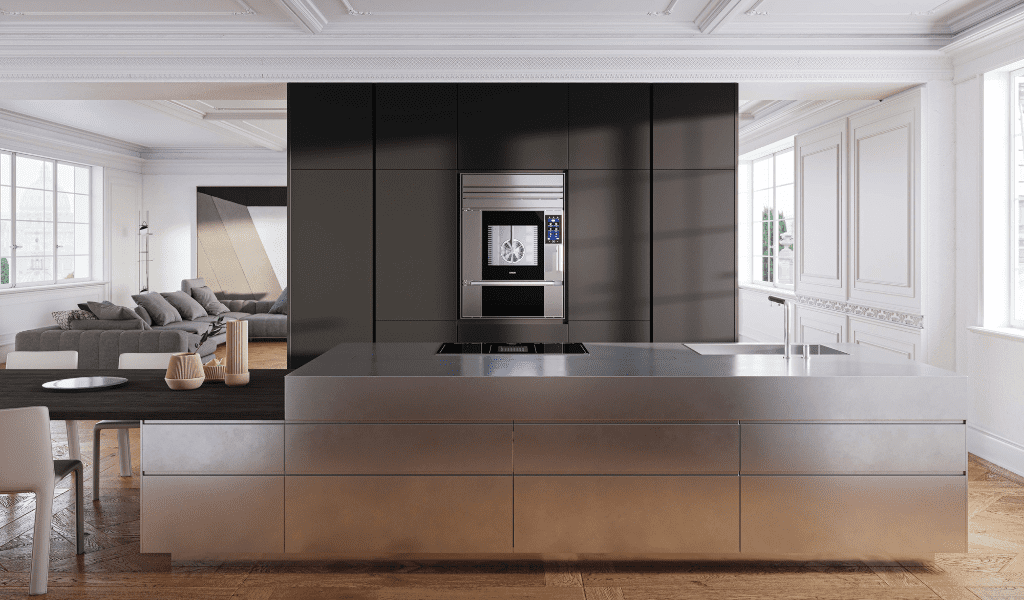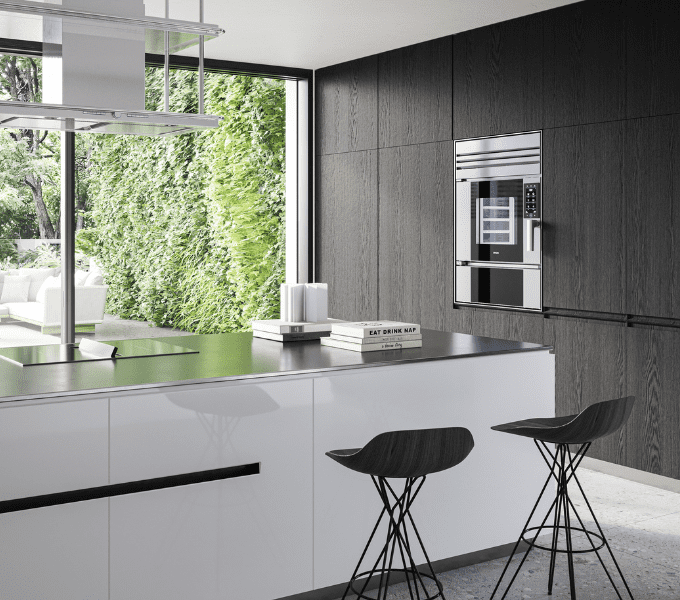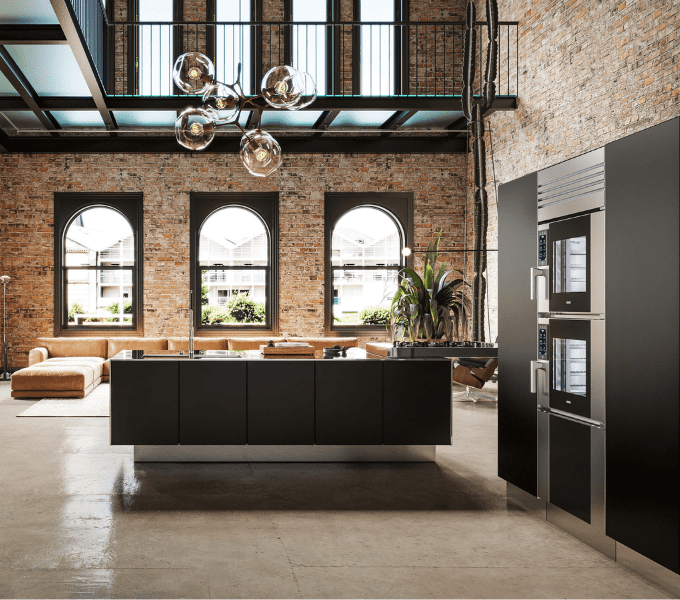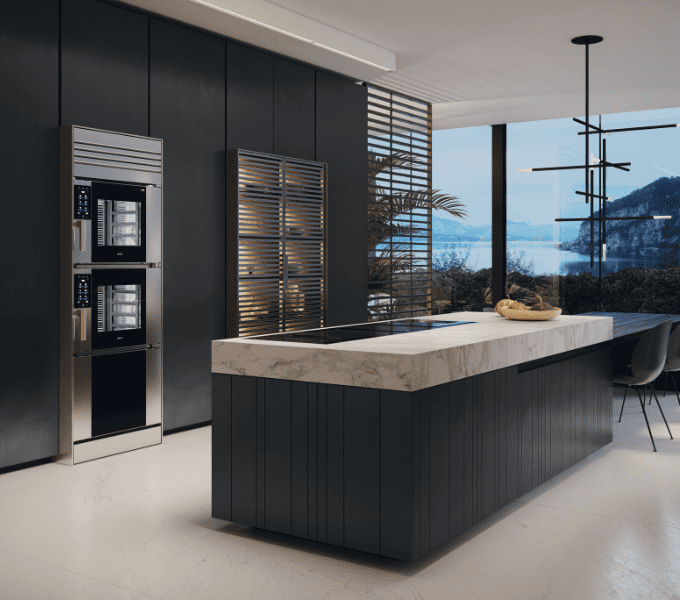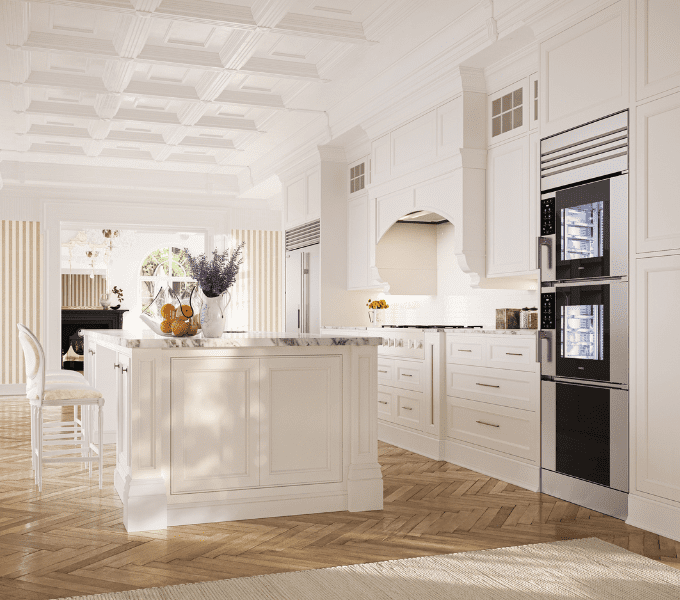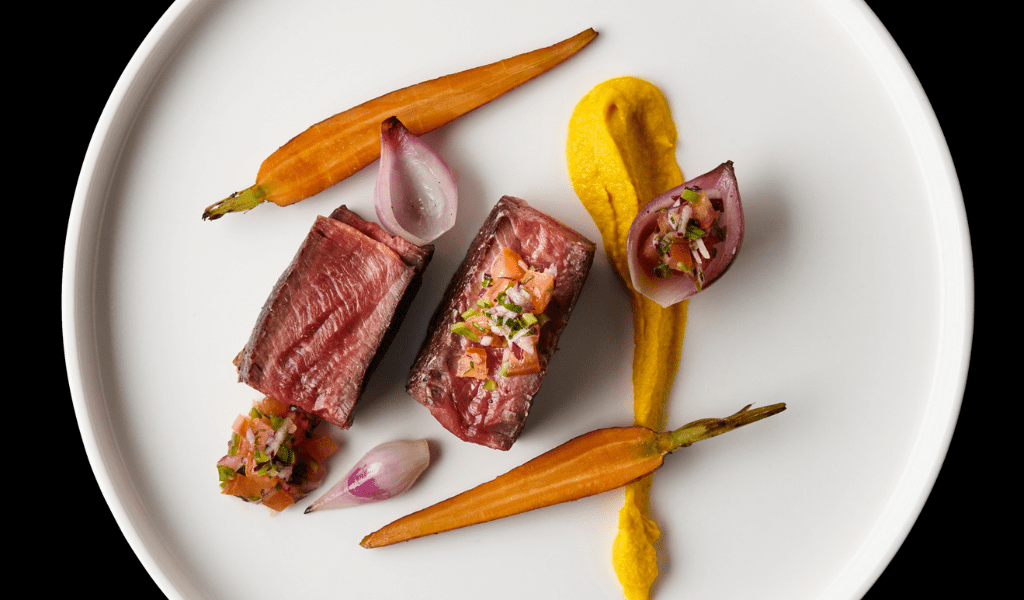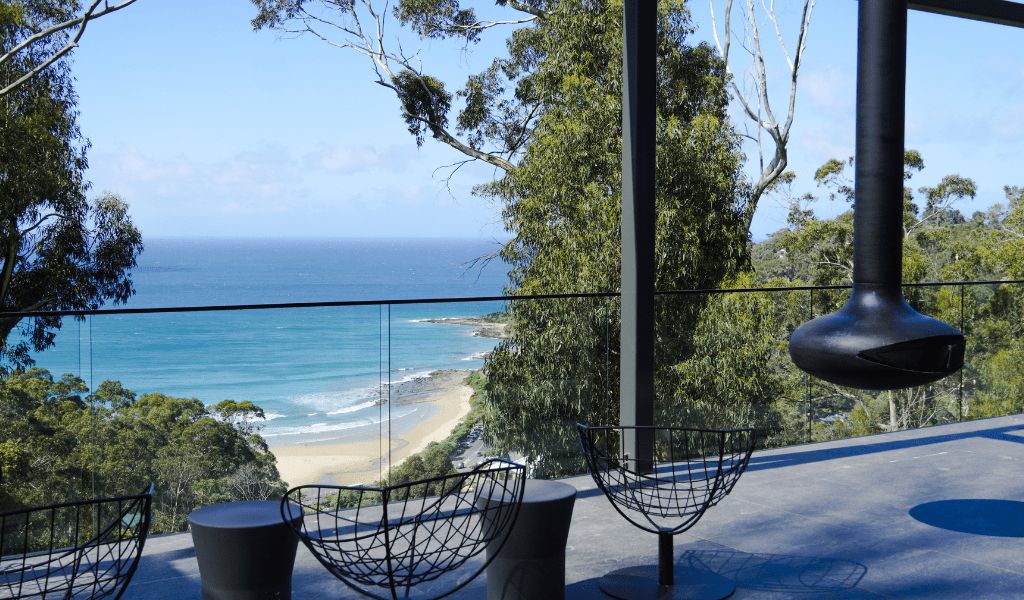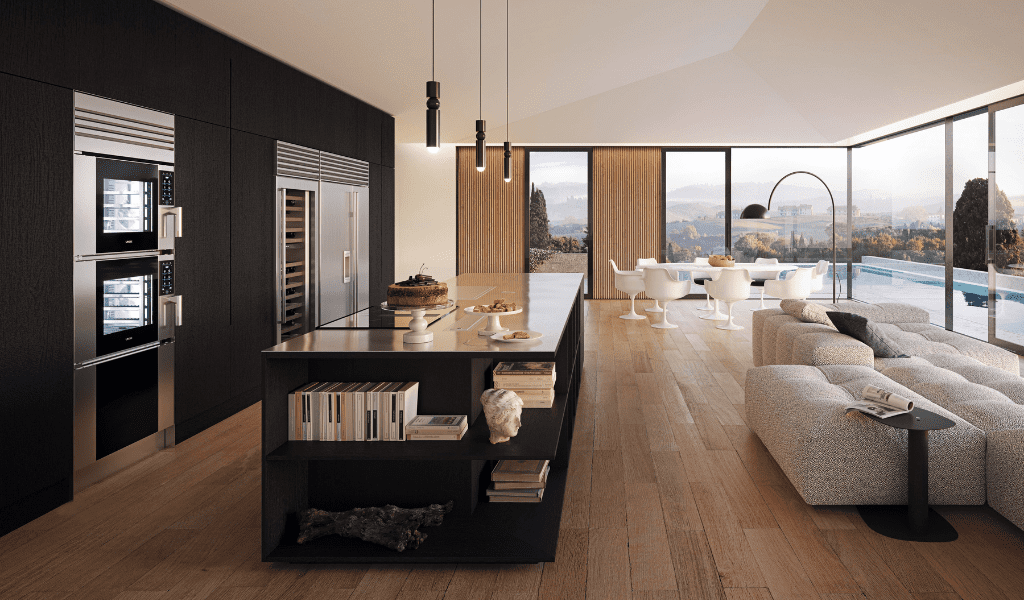Index
Minimalist Kitchen: Less is More
Industrial Kitchen: Embracing Vintage Atmosphere
Modern High-Tech Kitchen: Bridging Futurism and Sociability
Nordic Cuisine: Everyday Sustainability
Shabby Chic Kitchen: Rustic Romance
Defining Your Kitchen's Design: Trendy Styles
The design style of a kitchen encompasses a fusion of lines, colours, materials, and furnishings, imbuing the culinary space with a distinct and recognisable character that seamlessly integrates with the overall design of the home. Balancing functionality with aesthetics, the kitchen's style harmonises the organisation of spaces and structures to create a clear, unique, and personalised image.
When selecting a design concept for the kitchen, it's crucial to recognise its central role as the focal point of the household—a place where significant time is spent, and daily family interactions occur. Therefore, the chosen style should reflect the habits, needs, and personalities of those who frequent the kitchen on a regular basis.
Trendy kitchen design styles serve as valuable starting points for individuals embarking on the journey of creating or revamping their culinary spaces, offering ideas and inspirations to authentically express their personalities and transform the kitchen into a true reflection of their essence.
Let's explore some of the most popular kitchen design styles.
Minimalist Kitchen: Less is More
Minimalism represents a contemporary design ethos centered around essentiality. In a minimal kitchen, superfluous elements are stripped away to accentuate the functionality of space, materials, and tools.
In kitchens characterised by this design style, the organisation of space and modules adheres to rigorous principles of practicality. Worktops and appliances are strategically positioned to ensure seamless movement, minimising unnecessary actions during daily culinary tasks.
Common materials used in such kitchens include stainless steel, resins, or more recent innovations like acrylic stones. These materials share properties such as scratch resistance, stain resistance, and ease of cleaning—core tenets of functional kitchen design. Additionally, closed furniture with clean, linear shapes is favoured, facilitating quick and efficient sanitisation.
Closed structures serve an essential organisational function, fostering the pristine order typical of minimal kitchens. Non-essential elements are minimised, ensuring that tools serve clear and precise purposes in daily life. In fact, furnishing accessories in minimalist kitchens are typically sparse.
The "less is more" principle extends to household appliances as well. In a minimal kitchen, culinary tools are limited but of high quality and multifunctional. Appliances like the Unox Casa SuperOven exemplify this ethos, offering a wide range of cooking options and seamlessly integrating all necessary functions, thereby minimising the need for additional appliances.
Industrial Kitchen: Embracing Vintage Atmosphere
The industrial style emerged in New York during the 1950s, born out of the necessity to repurpose low-cost spaces in the aftermath of the war. Abandoned factories and offices became the canvas for this design movement, characterised by exposed architecture and the utilisation of raw materials in construction. Over time, industrial design evolved into a distinct style, commonly found in American loft kitchens and more recently, in culinary spaces across Europe.
In an industrial kitchen, the focal points are the structural elements and materials. The inherent architecture of the space, including beams, air ducts, and exposed brick walls, serves as prominent design features. Materials such as metal, concrete, and dark wood are utilised to create surfaces that not only offer functionality but also imbue the kitchen environment with character. Even integrated appliances are designed to complement the industrial aesthetic, with dark colour tones echoing the architecture, thereby accentuating the vintage ambiance of these spaces.
Industrial kitchens often feature an array of accessories and repurposed tools, including furnishings and decorations sourced from construction sites or vintage copper utensils. In these environments, giving new life to objects and shapes is essential, as the nod to the past intertwines with the contemporary lifestyles of those who inhabit these spaces.
Modern High-Tech Kitchen: Bridging Futurism and Sociability
The modern high-tech kitchen is hailed as the kitchen of the future: characterised by sleek design and sophisticated furnishings, it boasts cutting-edge technological tools that streamline and simplify daily domestic activities. These spaces serve as epicenters of social interaction and conviviality, where cooking becomes a passion and entertaining guests an essential pleasure.
Modern kitchens feature bright, open spaces punctuated by expansive hybrid and flexible worktops. Smooth, easy-to-clean surfaces, often integrated into central islands, mirror the aesthetics of minimalist kitchens. These versatile surfaces double as areas for socialisation and collaboration, fostering camaraderie during meal preparation and casual gatherings.
At the core of modern kitchen life lies cutting-edge technology. Home automation systems driven by artificial intelligence streamline daily tasks through a single intelligent command center, tailored to user preferences.
The integration of innovative appliances further simplifies domestic life, with touchless taps, concealed induction hobs, and smart ovens like the SuperOven by Unox Casa offering automatic cooking programmes. These technologies seamlessly blend with the airy, clean structures of modern kitchens, serving as personal assistants to occupants, catering to their needs, and facilitating moments of social interaction and comfort. The high-tech essence elevates the modern kitchen into the epitome of culinary futurism.
Discover how SuperOven opens the door to the kitchen of tomorrow.
Nordic Cuisine: Everyday Sustainability
The Nordic or Scandinavian style, originating from Northern European countries, aims to imbue homes in harsh climates with warmth, brightness, and a welcoming ambiance. In Scandinavian-style kitchens, the harmonious blend of nature and modernity creates a comfortable atmosphere with a profound aesthetic impact, echoing the "Hygge" philosophy—the enjoyment of life's simple, beautiful moments.
Nordic kitchen environments feature clean, simple, and linear spatial organisation. Traditional wall units are replaced by long, elegantly designed shelves that visually expand the space and promote continuity with the surrounding areas. White is often the predominant colour, enhancing brightness and fostering a sense of welcome in environments where natural light hours are limited.
Sustainability and respect for the ecosystem are central themes in Nordic cuisines. Natural wood, particularly in light shades like larch, white ash, or birch, evokes the grandeur of Nordic landscapes and serves as the primary material in these kitchens. A recent trend involves embellishing walls with wallpaper adorned with intertwining leaves and branches, adding a personalised touch while reflecting harmony with nature.
Appliances integrated into Scandinavian-style kitchens are essential yet refined in design, boasting advanced technology and features that prioritise ecological considerations. For instance, a smart oven like the SuperOven by Unox Casa is equipped with an automatic washing system driven by artificial intelligence. This system suggests washing durations based on the level of dirt, optimising water and energy consumption—a testament to the commitment to sustainability.
Shabby Chic Kitchen: Rustic Romance
The shabby chic kitchen style embodies a unique fusion of classic and contemporary design, drawing inspiration from the cosy lifestyle of the French countryside. In kitchens characterised by this style, the atmosphere is romantic, warm, and deeply familiar. It's a haven of comfort and affection, where inhabitants are embraced by the gentle curves and soft hues of their surroundings.
Wood takes center stage in the shabby chic aesthetic: skillfully aged and painted in light shades, it harmonises rustic charm with modern elegance. The imperfections deliberately crafted into the woodwork intensify the sense of homeliness and authenticity. Furniture in the shabby chic kitchen evokes Victorian sensibilities, with its enveloping, rounded lines echoing eras of bygone splendour.
Furniture and accessories in the shabby chic style follow a light colour palette, imbuing the space with brightness and freshness. Fabrics like cotton, linen, and recycled materials add further comfort and warmth. Vibrant floral arrangements bring touches of colour, evoking a rural idyll.
Culinary technologies are discreetly integrated in the shabby chic context: large appliances are seamlessly built-in and paneled to blend harmoniously with the cabinetry. Smaller appliances, meanwhile, are proudly displayed, their colors coordinated with the overall palette, ensuring a harmonious blend of classic aesthetics and functional practicality for family life.
Design styles naturally evolve, drawing inspiration from various sources and adapting to emerging needs and philosophies of domestic life. Influenced by individuals, historical events, and socio-environmental trends, kitchen design becomes a canvas for personalisation, revealing the soul of those who inhabit it on a daily basis.

